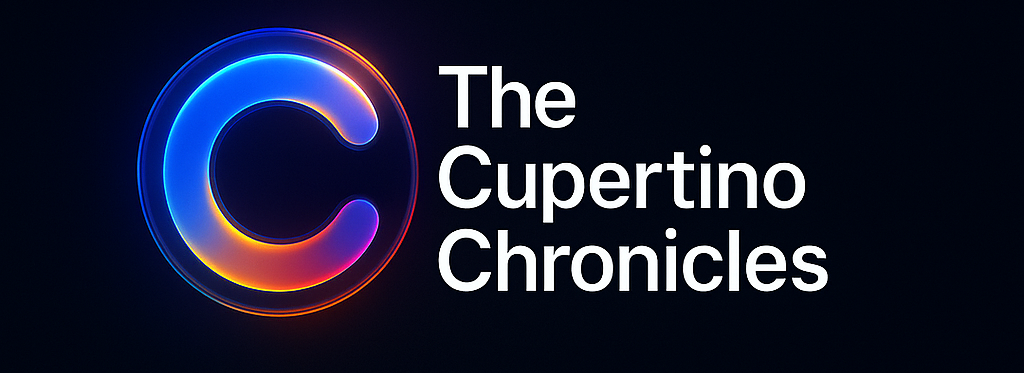The smart ring market, once a niche corner of wearable technology, is heating up with innovation and competition. At the center of this burgeoning industry is Oura, a Finnish company widely credited with pioneering the modern smart ring. However, Oura’s aggressive defense of its intellectual property (IP) through a series of patent infringement lawsuits against competitors like Ultrahuman, RingConn, Circular, and even tech giant Samsung has sparked heated debates about innovation, competition, and the future of this rapidly growing market. As legal battles unfold, the outcomes could redefine the competitive landscape for smart rings and influence how consumers interact with wearable health tech.
The Legal Landscape: Oura’s Patent Offensive
Oura has positioned itself as a dominant player in the smart ring space, with over 2.5 million devices shipped globally and a strong foothold in the U.S. market. Its smart rings, known for advanced health tracking features like sleep staging, heart rate monitoring, and menstrual cycle tracking, have set a high bar for competitors. To protect its innovations, Oura has built an extensive IP portfolio, boasting over 100 granted patents and 270 pending applications. This arsenal has become the foundation for its legal strategy.
In recent years, Oura has initiated multiple lawsuits, primarily through the U.S. International Trade Commission (ITC) and federal courts, targeting competitors for allegedly infringing on its patents. The key patent at the heart of many disputes is U.S. Patent No. 11,868,178, which covers the design and construction of a smart ring, including elements like a curved battery and dual-housing architecture. Notably, this patent wasn’t developed by Oura but acquired from Proxy (which had acquired it from Motiv) in 2023, raising questions about the originality of the claimed innovation.
In March 2024, Oura filed an ITC complaint against Ultrahuman, RingConn, and Circular, alleging they copied core aspects of its smart ring technology, such as sensor integration and form factor design. By April 2025, the ITC issued an initial determination in Oura’s favor, finding that Ultrahuman and RingConn infringed on its patents. The ruling led to exclusion and cease-and-desist orders, effectively banning these competitors’ smart rings and components from the U.S. market pending a final decision expected in November 2025. Oura also pursued a separate federal lawsuit against RingConn in Delaware, seeking royalties for alleged infringement of two patents.
Meanwhile, Ultrahuman fired back with a countersuit in India’s Delhi High Court in August 2025, alleging that Oura’s latest Ring 4 infringes on its own patent for the Ring AIR’s architecture, including features like women’s health tracking and glucose monitoring. Ultrahuman argues that Oura is copying its innovations and locking them behind a subscription-based paywall, a practice it calls “anti-innovation and anti-consumer.” Oura dismissed the lawsuit as a “blatant attempt to distract” from Ultrahuman’s U.S. defeat, asserting the strength of its IP portfolio.
Samsung, anticipating Oura’s litigious tendencies, took a preemptive approach in June 2024, filing a declaratory judgment lawsuit in California to assert that its Galaxy Ring didn’t infringe on five of Oura’s patents. However, the case was dismissed in March 2025 by Judge Araceli Martínez-Olguín, who ruled that Samsung failed to show concrete evidence of an imminent threat from Oura. While Samsung can revise and refile its complaint, the dismissal highlights the challenges of preempting Oura’s legal moves.
Where Things Stand Now
As of August 2025, the smart ring market is at a crossroads. The ITC’s preliminary ruling has sidelined Ultrahuman and RingConn in the U.S., a critical market that accounts for nearly half of Ultrahuman’s revenue. Ultrahuman is attempting to mitigate the impact by leveraging its Texas manufacturing facility to produce rings locally, but the potential import ban looms large. The final ITC decision, expected in November 2025, will determine whether these bans become permanent, potentially forcing Ultrahuman and RingConn to redesign their products or exit the U.S. market entirely.
Ultrahuman’s countersuit in India adds another layer of complexity. The case, centered on Oura’s alleged infringement of Ultrahuman’s Ring AIR patent, is ongoing in the Delhi High Court. While Oura has dismissed the suit’s merit, the outcome could influence its ability to operate in India, a growing market for wearable tech. Meanwhile, Samsung’s Galaxy Ring, launched in August 2024, remains a wildcard. Oura has not yet sued Samsung, but its CEO’s public statements about closely monitoring competitors suggest future action isn’t off the table.
The validity of Oura’s key patent (US 11,868,178) is also under scrutiny. The U.S. Patent Trial and Appeal Board (PTAB) is reviewing its legitimacy in a post-grant review, with a preliminary finding suggesting the patent may be invalid as “obvious” based on prior art. If the PTAB invalidates the patent, it could weaken Oura’s legal position and open the door for competitors to challenge its dominance.
Implications for the Smart Ring Market
Oura’s legal victories, while strengthening its market position, have significant ripple effects for the smart ring industry and consumers. Here are the key implications:
1. Reduced Competition in the U.S. Market
The ITC’s ruling has already limited consumer choices by blocking Ultrahuman and RingConn from U.S. sales. These brands offered compelling alternatives to Oura, often at lower prices and without mandatory subscriptions. For example, Ultrahuman’s Ring AIR was praised for its no-subscription model and advanced features like glucose monitoring. With fewer players, Oura and Samsung are poised to dominate, potentially leading to higher prices and slower innovation due to reduced competitive pressure.
2. Impact on Innovation
Patent disputes can both drive and hinder innovation. On one hand, Oura’s aggressive IP protection incentivizes companies to develop unique technologies to avoid infringement. On the other, prolonged legal battles divert resources from research and development to legal fees. Ultrahuman, for instance, is in talks to raise $120 million, but a U.S. ban could strain its growth plans. Smaller startups may struggle to compete, as the threat of Oura’s lawsuits creates a high barrier to entry.
3. Consumer Choice and Pricing
The smart ring market thrives on diversity, with brands like RingConn offering budget-friendly options and unique designs. Oura’s subscription model, which locks advanced features behind a paywall, contrasts with competitors’ subscription-free approaches. A less competitive market could embolden Oura to maintain or increase subscription costs, potentially alienating cost-conscious consumers. Additionally, if competitors are forced to redesign their rings to avoid infringement, delays in product launches could limit feature availability.
4. Global Market Dynamics
While the U.S. is a critical market, the global smart ring landscape is more diverse. Ultrahuman’s lawsuit in India signals that competitors are willing to fight back in other regions. If Ultrahuman prevails, it could gain leverage in Asia, where wearable adoption is growing. Meanwhile, Samsung’s global presence and resources make it a formidable challenger, potentially forcing Oura to focus on innovation rather than litigation to maintain its edge.
5. Patent Law Precedent
The Oura vs. Ultrahuman case is a litmus test for patent law in wearable tech. The PTAB’s review of Oura’s acquired patent raises questions about the validity of broad patents covering “obvious” designs, like placing a battery and circuit board in a ring. If the patent is invalidated, it could set a precedent that encourages more open competition. Conversely, if Oura’s patents are upheld, it could embolden other tech giants to use similar tactics to control emerging markets.
The Bigger Picture
The smart ring market is still in its infancy, with immense potential to revolutionize health and wellness tracking. Oura’s lawsuits reflect the high stakes of this growing sector, where innovation is both a competitive advantage and a legal battleground. While Oura’s IP strategy has solidified its dominance, it risks alienating consumers who value choice and affordability. Social media sentiment, particularly on platforms like Reddit, shows frustration with Oura’s aggressive tactics, with some users vowing to avoid its products in favor of competitors.
For now, Oura holds the upper hand, but the final ITC ruling, the PTAB’s patent review, and Ultrahuman’s countersuit in India will be pivotal. Samsung’s Galaxy Ring, backed by a tech giant’s resources, could also shift the balance if it avoids Oura’s legal crosshairs. The smart ring market is at a turning point, and the outcome of these battles will determine whether it remains a vibrant, competitive space or consolidates under a few dominant players.
As consumers, we benefit most when companies compete through innovation rather than litigation. The smart ring showdown is far from over, and the next few months will reveal whether Oura’s legal victories pave the way for market dominance or spark a backlash that fuels new challengers. One thing is clear: the fight for your finger is just getting started.












Discussion